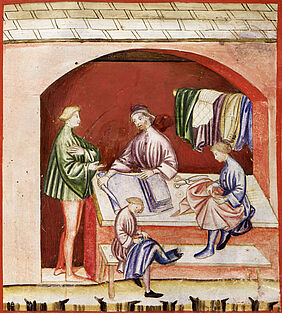Fashion as an economic engine: process and product innovation, commercial strategies, consumer behavior
Appel à communications
The study of the textile industry has always been central in economic history, from reconstructions of dynamic growth in the medieval wool industry, to the success of silk processing and light and mixed draperies in the early modern period, and the role of cotton as a driving force in the process of industrialization. Although the dynamics which characterize the manufacture of textiles are closely connected with transformations in fashion, economic history has long neglected the role played by fashion as a factor in economic change, treating fashion primarily as a sort of exogenous catalytic element. Yet even in the pre-industrial period, keen observers like Bernard Mandeville (1732: 132-3), the Anglo-Dutch philosopher and economic theorist, understood the fundamental mechanism in pointing to how social emulation at all levels of society promoted consumer behavior that stimulated the search for new materials, new industries, and the employment of labor. One of the first modern scholars to recognize the economic implications was Joan Thirsk (1973:50), who accused economic historians of ignoring evidence by relegating fashion to a secondary explanation in accounting for the development of the clothing industries. She too pointed out the power of the ‘tyranny of fashion’ on all social classes.
=> la suite

